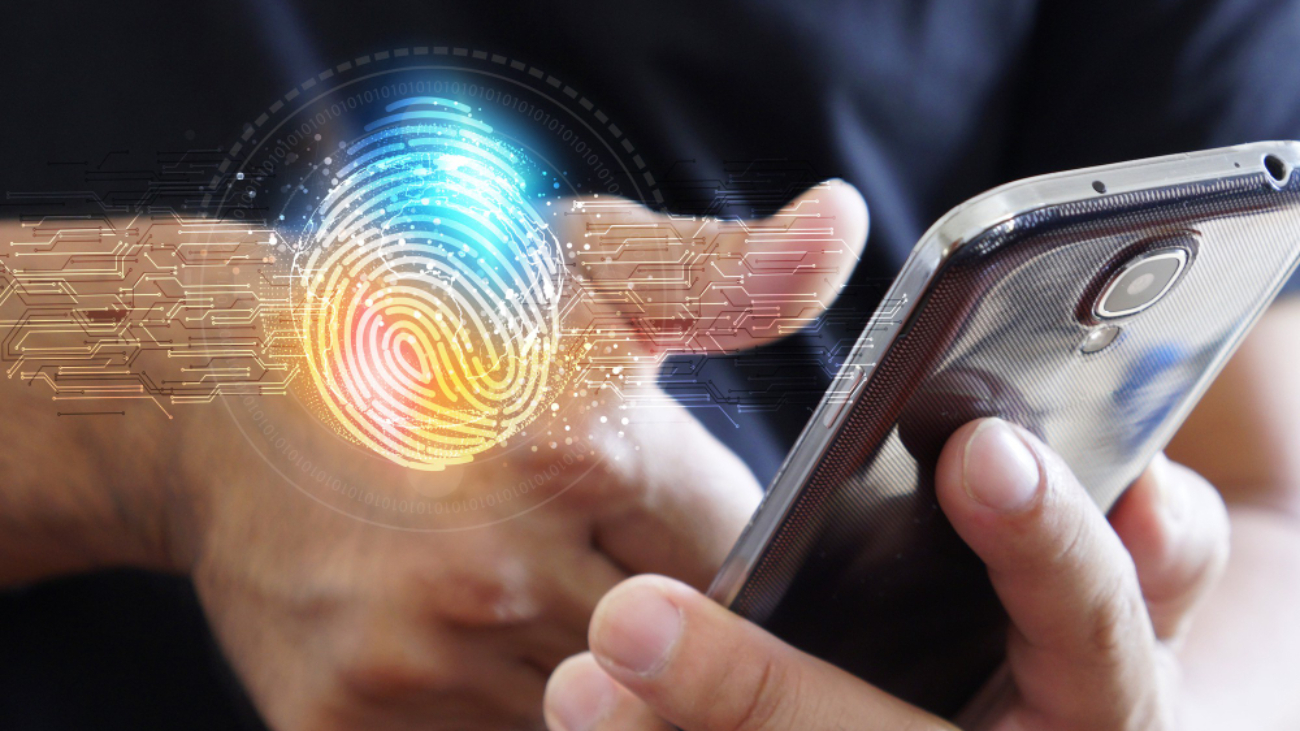The integration of wearable biometrics in sports has made a great change in performance and training analysis stated Bahaa Abdul Hadi. Wearable biometric devices are equipped with biometric technologies and sensors. So, they can provide real-time data on the physiological parameters of athletes. They can provide details on performance metrics, movement patterns and physiological parameters. Here are certain ways in which wearable biometric devices are optimizing the performance of athletes and prevent injuries in them:
Performance Optimization:
Training Optimization:
Wearable biometric devices offer valuable insights into the performance of an athlete. These devices can provide these insights at the time of training sessions. They can track lactate levels, oxygen consumption and heart rate in real-time. Coaches can monitor the exertion levels of trainees and can make appropriate changes. In turn, athletes can reach their peak performance without fatigue or overtraining.
Technique Analysis:
Wearable biometric devices help capture detailed data related to the movement of a person. It can be anything like body positioning, speed and acceleration. This information can help analyze and refine the techniques used by an athlete in different sports. Also, athletes can make targeted adjustments by spotting the areas for improvement. In turn, they can maximize efficiency.
Performance Tracking:
Athletes can also track their performance metrics over a specific period. They can keep an eye on parameters like power output, average speed and distance covered. In turn, they can set goals, track progress and can make adjustments based on the data. In turn, athletes can continuously strive for improvement.
Prevention of Injury:
Injury prevention is possible with wearable biometrics in Sports. This happens as wearable biometric devices offer insights into the biomechanics of an athlete. By evaluating metrics like joint angles, stride length and ground contact time, trainers can spot movement patterns with a higher probability of injuries. So, corrective measures can be done to prevent injuries.
Load Monitoring:
Load monitoring is possible with wearable biometric devices. It means that trainers can get insights into the workload during competition and training in trainees. By keeping an eye on variables like trainers, recovery time, intensity and training volume, trainers can spot periods of inadequate recovery or excess stress. These details will help the trainer to mitigate the risk of overuse injuries.
Injury Rehabilitation:
It is possible to keep an eye on the progress of an athlete during the recovery phase. They offer objective data on parameters like muscle activation and a range of motion. In turn, physiotherapists and trainers can track recovery milestones. They can accordingly frame treatment plans.
Conclusion:
In short, it should be stated that wearable biometrics can transform the world of sports. It can do the same by preventing injuries and optimizing the performance of athletes. Thank you for your interest in Bahaa Abdul Hadi blogs. For more information, please visit www.bahaaabdulhadi.com







